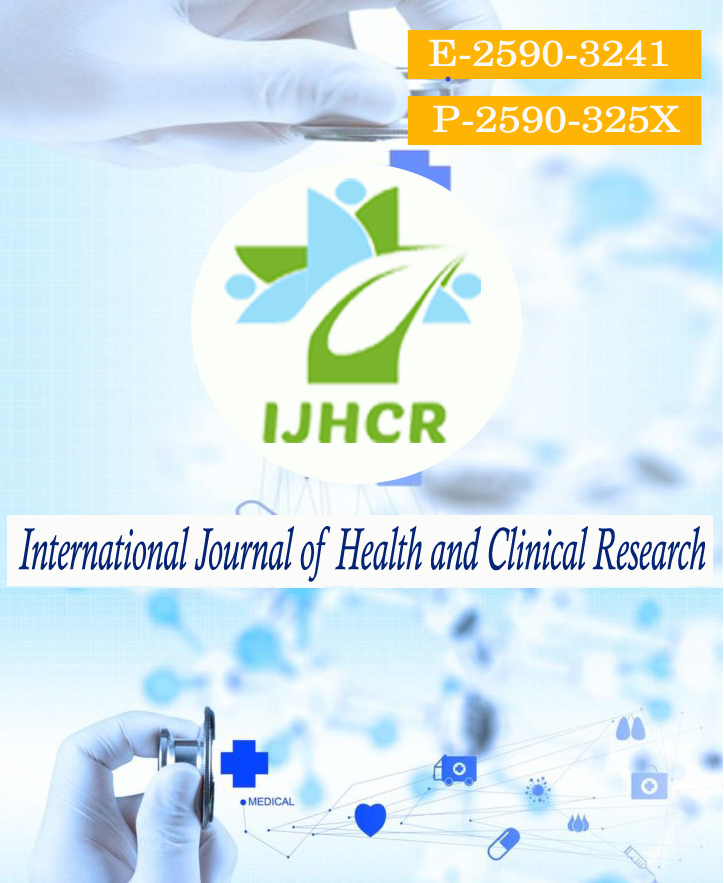Ovarian tissue cryopreservation as an option for fertility preservation in young unmarried girls suffering from cancer
Keywords:
Ovarian cortex, cryopreservation, fertility preservation, cryoprotectantAbstract
In the present society, women in the reproductive age group delay their marriages, due to various social and economic reasons and the age of bearing their first child also gets delayed. It is well known fact that women steadily lose their oocytes from birth to menopause. Moreover, if the woman develops some kind of malignancy in due course, it leads to infertility due to unwanted gonadotoxic side effects of cytotoxic chemotherapeutic drugs and/or radiotherapy. Although survival in case of malignancy takes utmost priority, infertility also is an issue of prime concern which haunts such patients. In such patients ovarian tissue cryopreservation remains one of the methods of fertility preservation. This method has the advantage of requiring neither the sperm donor nor the ovarian stimulation as both these requirements presents ethical and social issues for an unmarried girl. In young unmarried girls suffering from malignancy, where IVF-ET (In Vitro-Fertilization-Embryo Transfer) is contraindicated, ovarian tissue cryopreservation and transplantation could become the technique of choice in the future.
Downloads
Published
How to Cite
Issue
Section
License
Copyright (c) 2022 VDS Jamwal, Rahul Jha, Shallu Jamwal, Rajesh Sharma, Sandeep Karunakaran, Aseem Tandon

This work is licensed under a Creative Commons Attribution 4.0 International License.






 All articles published in International Journal of Health and Clinical Research are licensed under a
All articles published in International Journal of Health and Clinical Research are licensed under a 